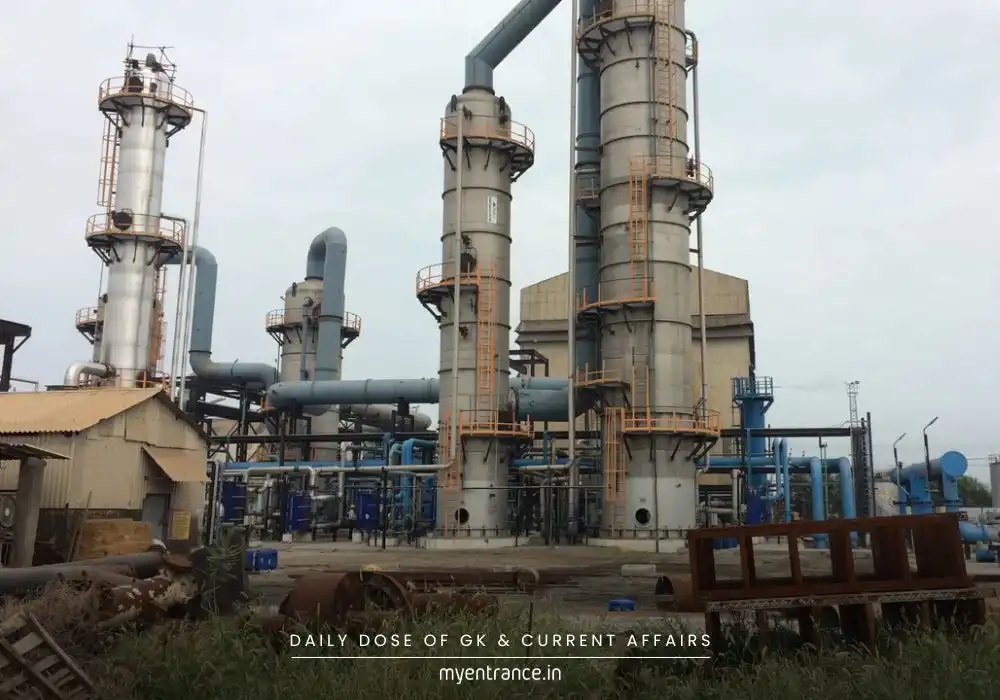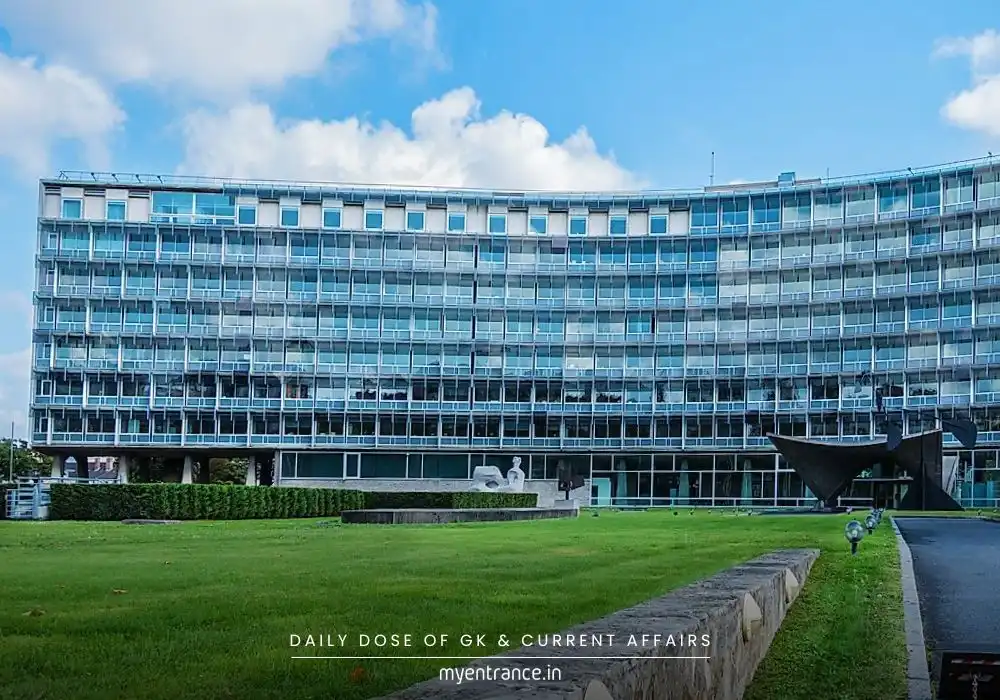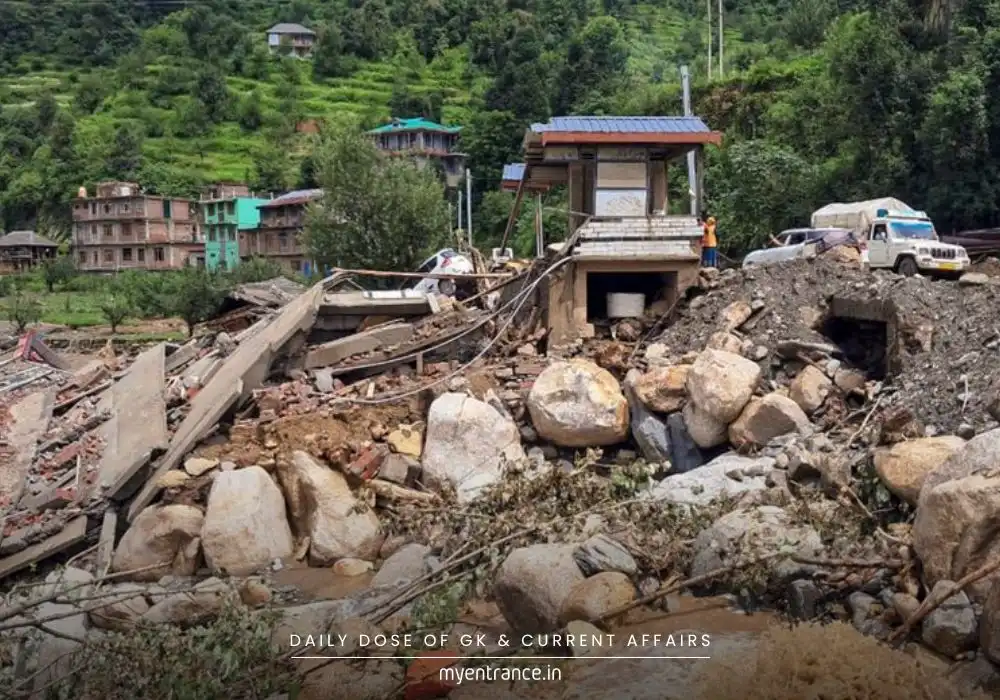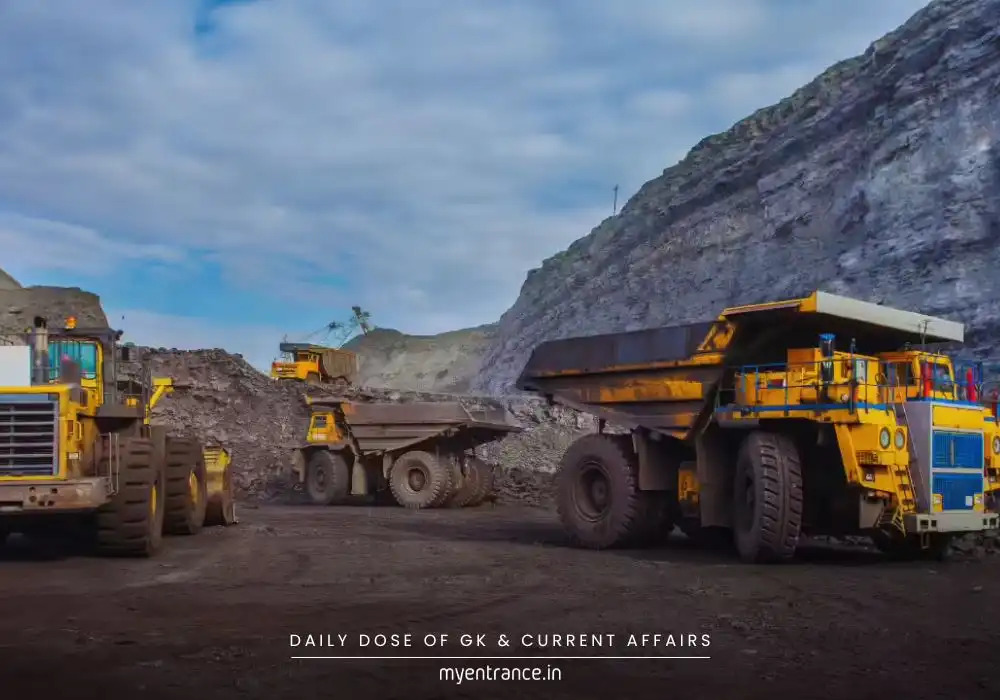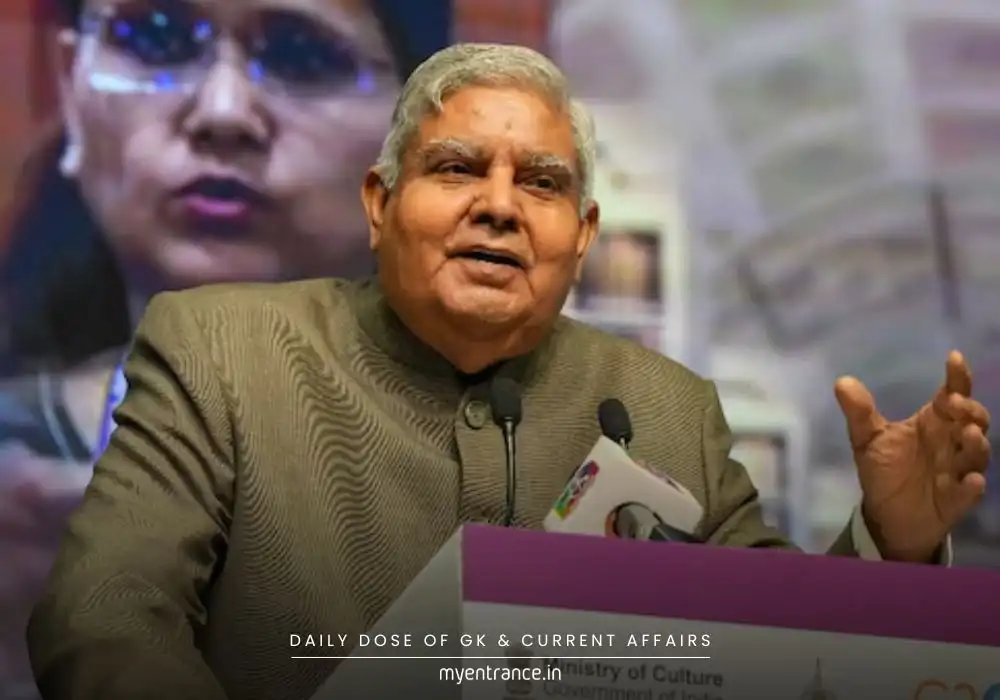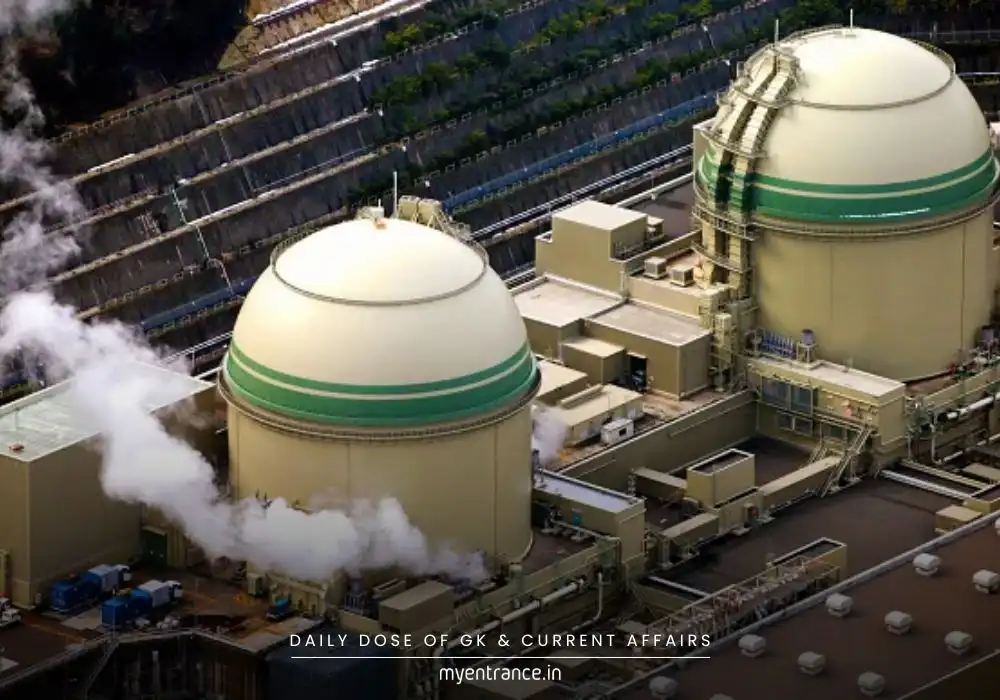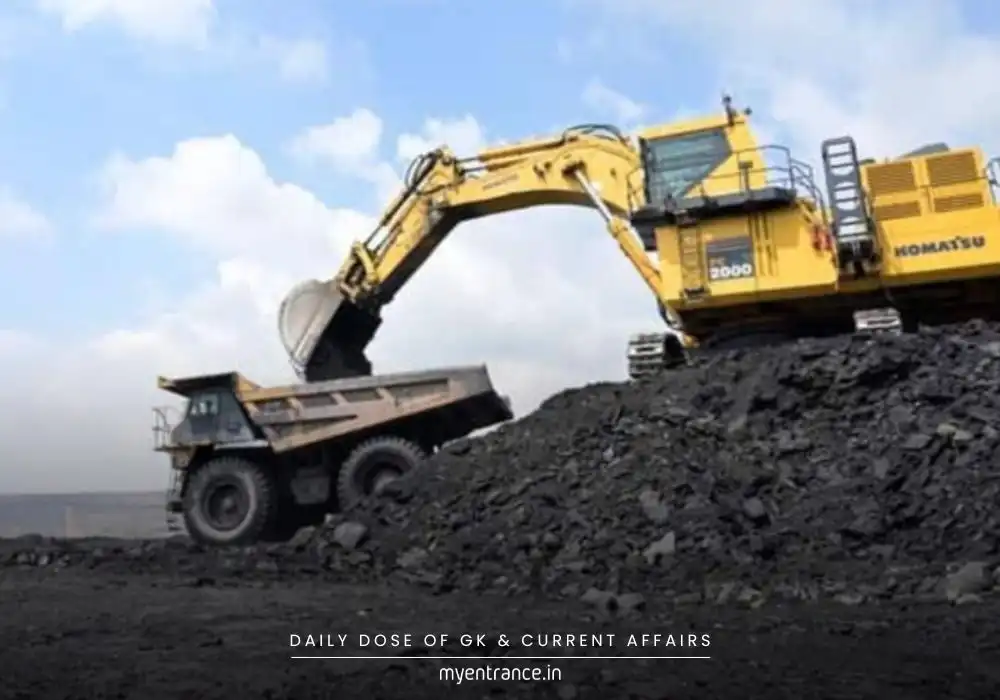Translate Language
India Hits 50% Green Power: What’s Next for Climate Goals?
India has crossed a historic milestone: over 50% of its installed electricity capacity now comes from non-fossil sources, achieving a key Paris Agreement target five years early. But what does this mean for its other 2030 goals? Let’s decode the progress, challenges, and why this matters for competitive exams.
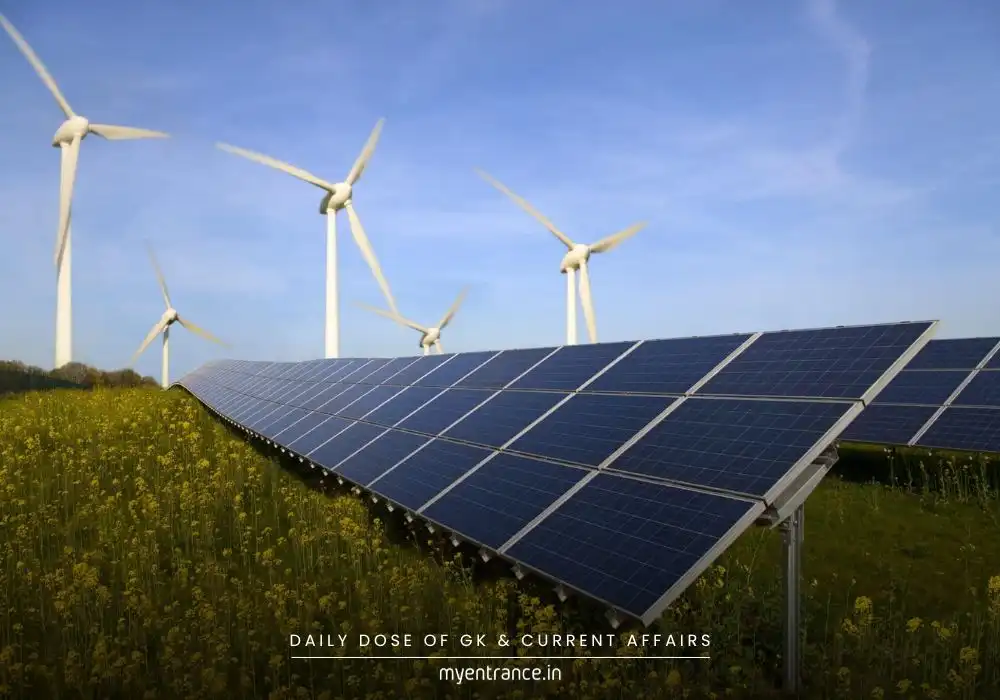
India’s Climate Journey: Decoding the Milestones
The Big Achievement
In June 2024, India’s power capacity hit 484.82 Gigawatts (GW), with non-fossil sources (solar, wind, hydro, nuclear) contributing 242.78 GW—crossing the 50% mark. This was a core 2030 climate promise under the Paris Agreement. Solar energy led this surge, with a record 24 GW added in 2024 alone.
The Three 2030 Targets: Where Do We Stand?
50% non-fossil power capacity: Achieved early!
Carbon sink expansion: India’s forests are set to absorb 2.5–3 billion tonnes of CO₂ by 2024–25 (official data pending).
Emissions intensity: Reduced by 36% (vs. 2005 levels) by 2020. With current momentum, the 45% target by 2030 looks achievable.
Challenges Ahead
Intermittency issues: Solar/wind power depend on weather, so actual electricity generated from non-fossil sources is below 50%.
Storage gaps: Battery tech and nuclear power must scale to hit the 500 GW non-fossil target by 2030.
Beyond electricity: Power accounts for <22% of India’s total energy use. Transportation and industry need cleaner solutions.
Nuclear & Innovation: The 2030 Game Changers
Nuclear capacity will double to 17 GW by 2030 with new reactors.
Small Modular Reactors (SMRs) are promising but won’t deploy before 2030.
Global Context
While India surges ahead, many developed nations lag on climate finance and emission cuts. Yet, the country’s net-zero by 2070 pledge demands tougher reforms:
Scaling rooftop solar and green hydrogen.
Boosting investment in grid storage.
Balancing development with adaptation (e.g., climate-resilient farming).
Key Q&As for Exam Prep
Q: How did India achieve 50% non-fossil power capacity early?
A: Rapid solar expansion (24 GW added in 2024) and policy pushes like the Production-Linked Incentive (PLI) scheme.
Q: Why is ‘installed capacity’ different from ‘electricity generated’?
A: Solar/wind are weather-dependent; coal plants provide stable output. Thus, fossil fuels still dominate actual power supply.
Q: What role will nuclear energy play by 2030?
A: It’s critical for stable clean power. Ten new reactors will double nuclear capacity to 17 GW.
Q: Which sector is India’s biggest emissions challenge?
A: Transport and industry—they use 78% of India’s energy but rely heavily on oil, coal, and gas.
Q: How do forests help India’s climate goals?
A: They act as “carbon sinks,” absorbing CO₂. India’s afforestation drive aims to capture 3 billion tonnes of CO₂ by 2030.
Get 3 Months Free Access for SSC, PSC, NIFT & NID
Boost your exam prep!
Use offer code WELCOME28 to get 3 months free subscription. Start preparing today!





